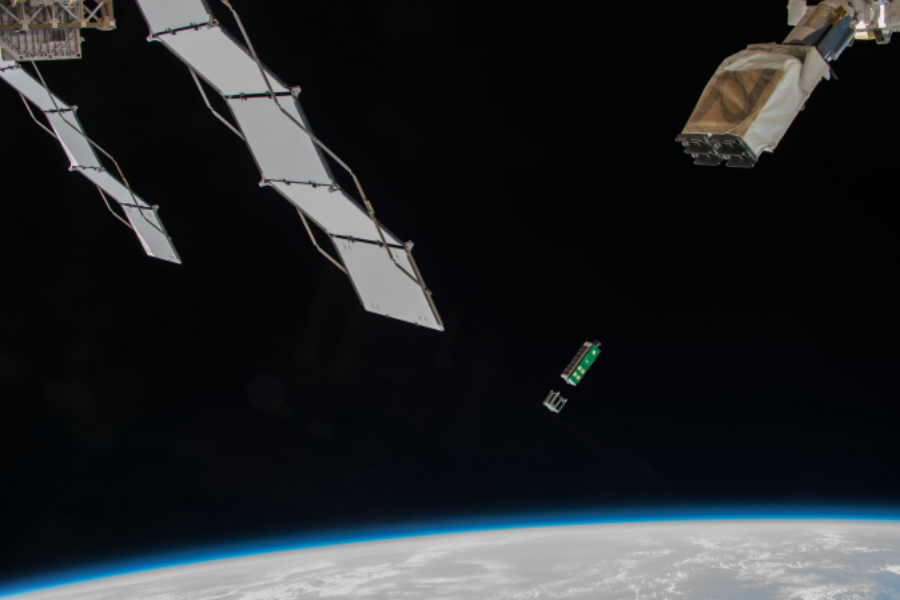How a private space company is planning to mine asteroids by 2025
Planetary Resources deployed its first spacecraft from the International Space Station last month, with the goal of becoming an asteroid-mining company in the next decade. The Washington-based company aims to launch a series of increasingly sophisticated satellites with an eye toward bringing resources from space within Earth's grasp.
"We have every expectation that delivering water from asteroids and creating an in-space refueling economy is something that we'll see in the next 10 years – even in the first half of the 2020s," said Chris Lewicki, Planetary Resources president and chief engineer.
"After that, I think it's going to be how the market develops," Mr. Lewicki told Space.com, referring to the timeline for going after the precious metals and water available on asteroids.
Last April, Planetary Resource's satellite, Arkyd-3R, flew successfully into space, getting a ride aboard the SpaceX Falcon 9 as part of a resupply to the International Space Station. It was brought onto the ISS by astronauts, and in July was launched from the airlock of the Kibo science module into low-Earth orbit (about 100 to 150 miles from the surface), a “significant milestone” for the company. Its mission over the following 90 days is to test various technologies that later spacecraft from the company will use to venture out into the solar system, prospecting for resource-rich asteroids.
Based on findings from this first launch, Planetary Resources hopes to get more ambitious over time. The goal is to begin transforming asteroid water into rocket fuel within a decade, and eventually to harvest valuable and useful platinum-group metals from space rocks, according to Space.com.
The Arkyd-6, which is scheduled to launch to orbit in December aboard SpaceX's Falcon 9 rocket, is the next generation, and has more advanced avionics and electronics than the first satellite, as well as a "selfie cam" courtesy of the Kickstarter project that funded Arkyd-6 back in 2013, with more than 17,000 contributors amassing $1.5 million to get the hardware into space. This latest model will also carry an instrument capable of detecting water and water-bearing minerals, Lewicki said.
The next step is the Arkyd 100, which is twice as big as the Arkyd-6 and will launch in search of potential mining targets from low-Earth orbit. Planetary Resources aims to launch the Arkyd-100 in late 2016, Lewicki said. The following two generations, known as "interceptors" and "rendezvous prospectors," respectively, will be capable of performing inspections of near-Earth asteroids in deep space.
If all goes according to plan, an Arkyd 300 will launch toward a yet-to-be-selected target asteroid by late 2018 or early 2019, Lewicki said.
"It is an ambitious schedule," he told Space.com. But such rapid progress is feasible, he added, because each new entrant in the Arkyd series builds off technology that has already been demonstrated.
Planetary Resources counts among its advisors Google cofounder Larry Page and Alphabet, Inc. chairman Eric Schmidt, Virgin’s Sir Richard Branson, and former Microsoft CTO David Vaskevitch, as well as filmmaker James Cameron, alongside veteran NASA astronauts and MIT professors.
As Arkyd-3 was docking at the ISS last spring, Congress passed the “Space Resource Exploration and Utilization Act,” guaranteeing US space corporations the rights to keep whatever they bring back from space.









